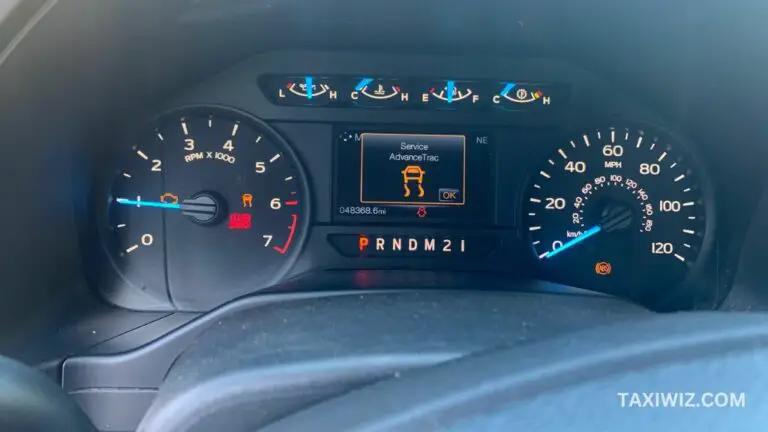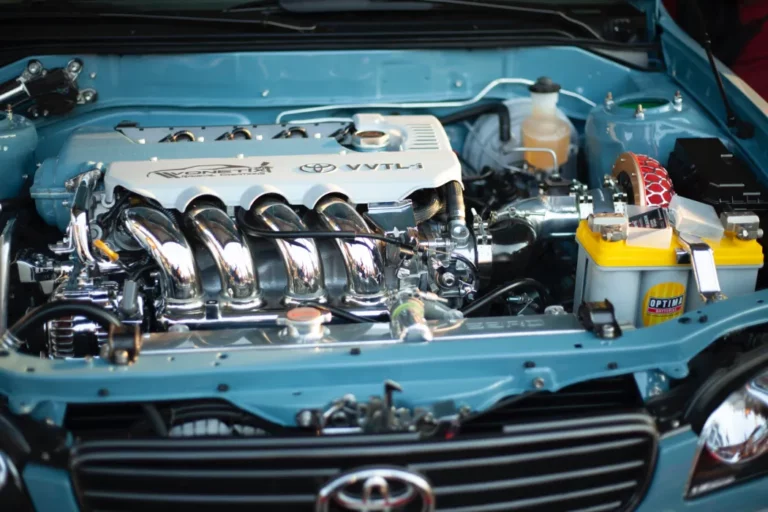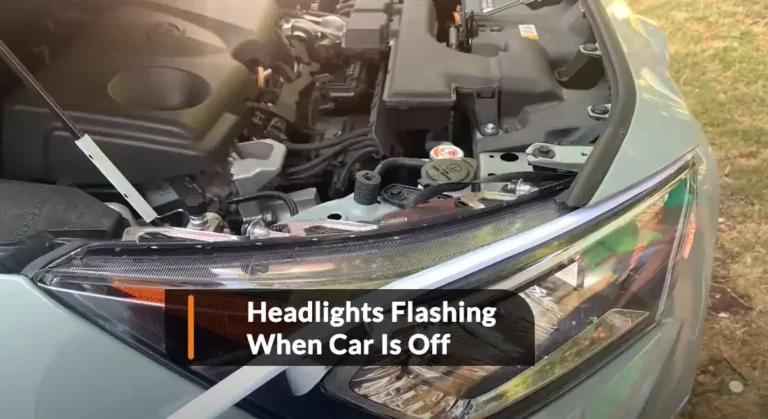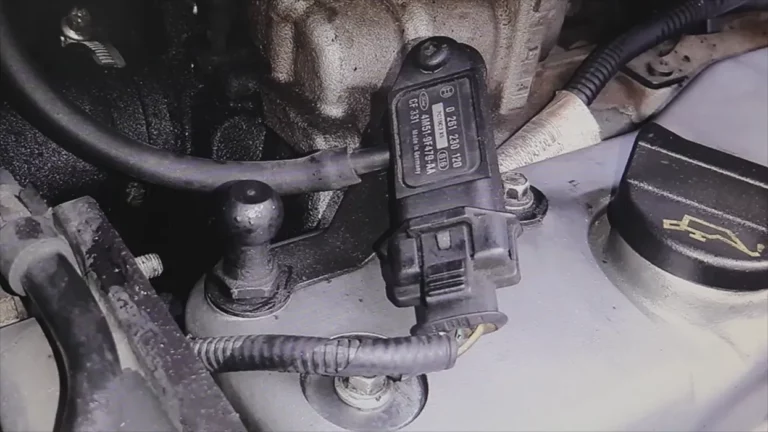Does Automatic Transmission Have A Clutch? YES! (Detailed)
Automobile enthusiasts often debate the superiority between automatic and manual transmission cars. A common argument between those who love the latter is the lack of a clutch.
However, it isn’t easy to find a brand-new car with manual transmissions nowadays since most newer models have automatic transmissions.
Therefore, many manual transmission fans believe the present vehicles do not have the same grit as their predecessors.
But does automatic transmission have a clutch? Despite what some automobile fans might think, the answer is yes. However, its presence is more masked, and its function is hassle-free than cars with manual transmission.
Our article will thoroughly inform you regarding the nature of the clutch in a vehicle with automatic transmission. Furthermore, it will also give you a detailed explanation of how it functions.
Automatic Transmission’s Clutch – (Structure and Function

Automation and compression are the main goals the automatic transmission aims to achieve.
It comprises multiple parts that contribute to the vehicle’s energy generation and ensures a smooth power supply while in an active state.
Most people believe that cars with automatic transmissions do not have a clutch because no such part with that name exists in it. These vehicles conduct the function of this part with the torque converter system.
Although the torque converter system accomplishes the task of the clutch, it’s more versatile due to its complex build.
The part acts as a bridge between the engine and transmission, allowing the car to execute crisp and responsive turns.
Drivers are able to control the power production and handling of the vehicle because of the torque converter system’s planetary gear sets.
The various gear ratios make it easier to switch between the speed brackets and maintain the car’s acceleration.
A complex part of the torque converter system is the combination between the impellor and the turbine.
The former is attached to the engine which helps the latter function through pumping and extracting transmission fluid.
Other pieces of the torque converter system include the stator. Its place is in the middle of the impellor and turbine to minimize churning loss and maximize the torque’s performance. This part ensures the vehicle has enough torque when it’s idle.
The Working Process of the Clutch
Automatic cars typically contain clutches to help drivers easily shift between gears. It mainly cooperates with the gearbox and engine for a smooth driving experience. It depresses while the driver operates the vehicle, causing the gears to interlock effortlessly.
Releasing the clutch pedal prevents the gears from remaining in contact with each other.
Therefore, it causes the engine to idle safely. The clutch’s function helps the gears transition smoothly and minimizes the chances of stalling.
Unlike manual transmission cars, the automatic variant operates the clutch through a hydraulic system.
This system is influenced by the engine, causing the clutch to automatically function during the vehicle’s gear changes.
Automating the clutch makes driving a car with automatic transmission much smoother than that one with manual transmission. Users can drive it effectively without having to experience unnatural vibrations due to a mistimed gear change.
How Does an Automatic Clutch Change Gears?
An automatic clutch’s ability to change gears depends greatly on the car’s planetary gear sets.
This part consists of two major components; the main gear and the ring gear. Various smaller gears surround the main gear and rotate around it.
On the other hand, the ring gear ensures that the smaller gears remain consistently meshed with the main gear. The planetary gear sets coordinate with the clutch to stabilize the various parts of the car.
Shifting between gear ratios is smoother with the clutch in automatic cars because the planetary gear sets automatically engage the gears.
Therefore, maintaining the car’s speed and idleness becomes smoother effortlessly.
Another vital material for the clutch to change gears in automatic cars is the fluid pump. It works alongside the torque converter which drives it to build pressure, jumpstarting the clutch and brakes.
The fluid pump contains a rotor that changes the volume of fluid pumping into the clutch through spinning.
Decreasing the volume pumps the fluid and interlocks the gears. It causes the clutch to lock the torque converter by sending hydraulic signals to the automatic transmission.
Problems An Automatic Car’s Clutch Can Have
Although many people believe that an automatic car doesn’t have clutch problems, that is not the case. A typical scenario that the part might malfunction is if the driver experiences problems while shifting gears or feel the vehicle slipping.
Clutch problems are a serious issue in cars with automatic transmissions. Leaving it undiagnosed for long can lead to expensive repairs and heighten the risks of accidents.
One of the most common symptoms of an automatic car’s clutch malfunctioning is the smell of something burning when the vehicle is operational.
Furthermore, difficulties in maintaining the gear by the transmission is another common scenario.
Another problem that a car’s clutch can pose is experiencing clunkiness while driving. These issues include a variety of scenarios including abnormal sounds, unnatural vibrations, and the vehicle failing to maintain its gear.
An automatic car typically faces problems with its clutches for two reasons; outdated components or faulty parts. Rigorous usage can often cause the clutch disc and clutch plate to wear out.
Clutch master cylinders and clutch slave cylinders malfunctioning or having flaws are other reasons behind the clutch in an automatic vehicle underperforming. Lastly, fluid leaks in the transmission can also damage the clutch of the car.
In such a scenario, it’s best to replace the parts immediately. Choosing to drive with problematic components can cause more complex issues in the car.
WHAT ARE THE SYMPTOMS OF BAD AUTOMATIC TRANSMISSION CLUTCH >> Check out the video below:
Frequently asked questions (FAQs)
1. How many clutches are in an automatic transmission?
There are 4 clutches in an automatic transmission.
2. Do automatic cars have clutch problems?
Yes, you can face clutch problems in auto cars as well.
3. What is the life expectancy of an automatic clutch?
The life expectancy range is between 30,000 to 150,000 miles.
Conclusion
Does the automatic transmission have a clutch? The answer is a resounding yes. Although it’s not as noticeable due to the absence of a clutch pedal, it’s still present and functioning as a part of a greater system.
In fact, the clutch working automatically removes the hassle of driving a car to a great extent. Drivers can operate vehicles more smoothly since it shortens the tasks related to driving drastically.
Related articles:





